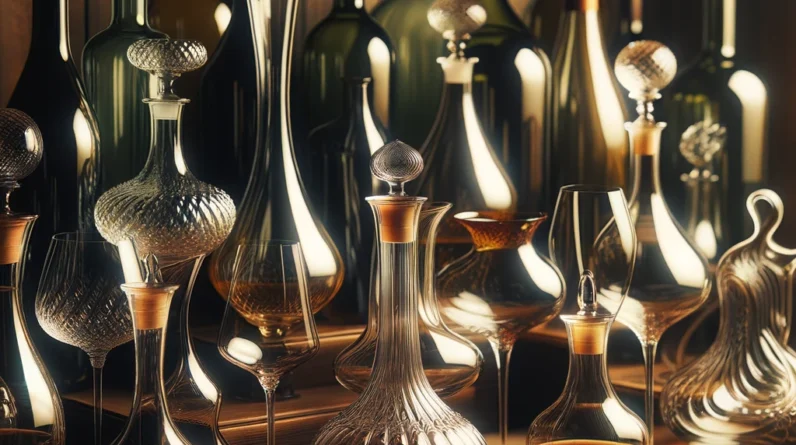
The Mysterious Dance of Wine Legs Explained
You’ve seen it.
The mesmerizing dance inside your wine glass after a gentle swirl.
It’s captivating.
We call them wine “legs”, and there’s more to this phenomenon than meets the eye.
Let’s dig deep and uncover the science behind this elegant display. What do legs in wine mean?
Historical Dive into Wine Legs
James Thomson’s 1855 revelation: The interplay of water and alcohol
Back in 1855, a curious mind named James Thomson peeked into his wine glass.
He noticed this enchanting movement of wine and started to question it.
The result?
A realization about the intricate dance between water and alcohol, brought about by surface tension.
Herbert Huppert’s 1982 breakthrough: “Shock waves” in wine
Fast forward to 1982.
Herbert Huppert takes the stage.
He introduces us to “shock waves” in wine.
How? By pouring liquids down a slope and measuring their flow.
Ingenious, right?
Andrea Bertozzi’s modern take: Surface stress vs. gravity balance
Now, meet Andrea Bertozzi.
She looked at wine legs and saw a story.
A tale of surface stress battling gravity.
She compares the rising wine in a glass to rainwater on a car windshield.
Unexpected? Absolutely.
Demystifying Wine Legs: Meaning & Myths
Indication of alcohol content, texture, and body
Yes, wine legs can hint at the alcohol content.
See many legs?
Probably a high-alcohol wine.
But remember, it’s just an indicator, not a hard rule.

Debunking the myth: No direct link between wine legs and wine quality
Here’s the kicker.
Wine legs aren’t quality detectors.
So if someone says, “More legs, better wine,” they’re pulling your leg!
Quality is more nuanced.
External influences: temperature, humidity, and the role of the wine glass
Your room’s warmth.
The day’s humidity.
Even your glass’s shape.
All these factors influence those legs.
It’s not just about the wine itself.
Beyond the Visuals: The True Value of Wine Legs
Wine legs as indicators of structural attributes, not quality
Wine legs hint at structure, not if the wine will woo your palate.
Remember, legs show alcohol and viscosity, not quality.
The essential factors: aroma, acidity, alcohol balance and more
Good wine isn’t just about legs.
It’s the aroma.
The balance.
The harmony of flavors.
That’s what truly matters.
Recognizing other names: Tears of Wine, Church Windows, Gibbs-Marangoni Effect
Oh, and by the way, these legs have many names!
Ever heard of Church Windows or Gibbs-Marangoni Effect?
Yep, they’re talking about wine legs.
How to Properly Observe and Assess Wine Legs
Practical guide: The swirling technique and what to observe
Want to see those legs?
Give your glass a gentle swirl.
Watch the wine glide up and then trickle down.
It’s an art in itself.
The importance of evaporation in the formation of wine legs
It’s all about evaporation.
When alcohol evaporates, it leaves behind the wine-water mix.
This forms those droplets we see.
No evaporation, no legs.
Wine legs are beautiful, but there’s depth beneath that beauty.
Appreciate their aesthetics, but also seek to understand the science.
And for all you wine lovers out there: trust your taste buds.
Let them lead the way!
FAQ
Q: Can I determine the quality of wine by its legs?
A: No, wine legs don’t determine quality.
Q: Why does my wine sometimes have no legs?
A: It could be due to low alcohol content or external factors like the glass’s shape and room conditions.
Q: Are wine legs only found in wine?
A: No, other alcoholic beverages can also show “legs” due to similar principles.
Q: Do all wines have the same type of legs?
A: No, it varies based on alcohol content, viscosity, and other factors.







